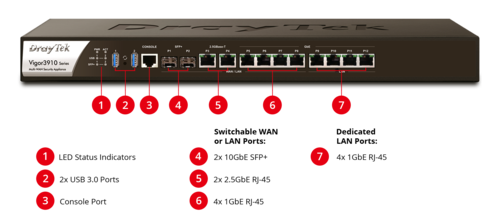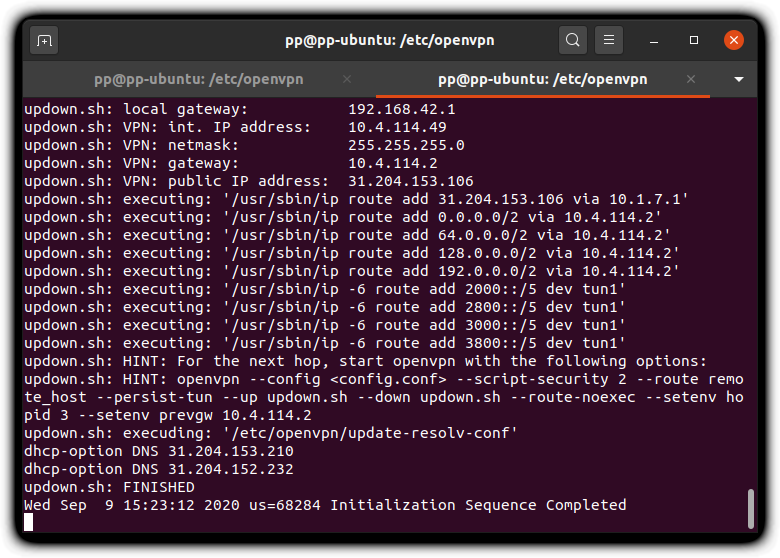

The region associated with the virtual network cannot be changed after it is created. For example, if the Virtual Machines that will be deployed to this network will be physically located in East US, select that location. The location is directly related to the physical location (region) where the resources (Virtual Machines) will reside.

This network name will be used when deploying the Virtual Machines and Platform as a Service (PaaS) instances so it is recommended to not enter a complicated name here. Enter the Name of the virtual network, for example EastUSVNet.Click Network Services and then click Virtual Network.Please consult the Microsoft documentation for the latest steps. These steps may change without our knowledge. These steps are correct at the time of writing this document. After creating the first virtual network using the Management Portal, the network configuration file can be exported and used as a template to create additional virtual networks.įollow the steps below to configure a site-to-site VPN in the Azure Management Portal:

The wizard creates a network configuration file (.xml file) for the virtual network. It is recommended to use the wizard the first time a virtual network is created.
#LOAD VPN CONFIG TO MGUARD WINDOWS#
IPsec is also available on server platforms such as Windows and Linux and also on network routing appliances.Įxample Scenario – Cloud bursting to Microsoft AzureĬloud bursting allows organizations to dynamically scale applications by utilizing resources on cloud services that can be brought in and out of service as required to complement the on-premise application capacity. IPsec is an industry standard and is offered as a secure connectivity option on cloud services from Microsoft, Amazon and Google. This capability supports a number of operational scenarios such as dynamic scaling via ‘cloud bursting’ and application delivery from multiple data centers. To support hybrid cloud and extended data center environments, KEMP LoadMaster implements IPsec VPN tunnels to secure and route traffic to remote locations.
#LOAD VPN CONFIG TO MGUARD HOW TO#
How to configure LoadMaster VPN (IPsec) Services


 0 kommentar(er)
0 kommentar(er)
